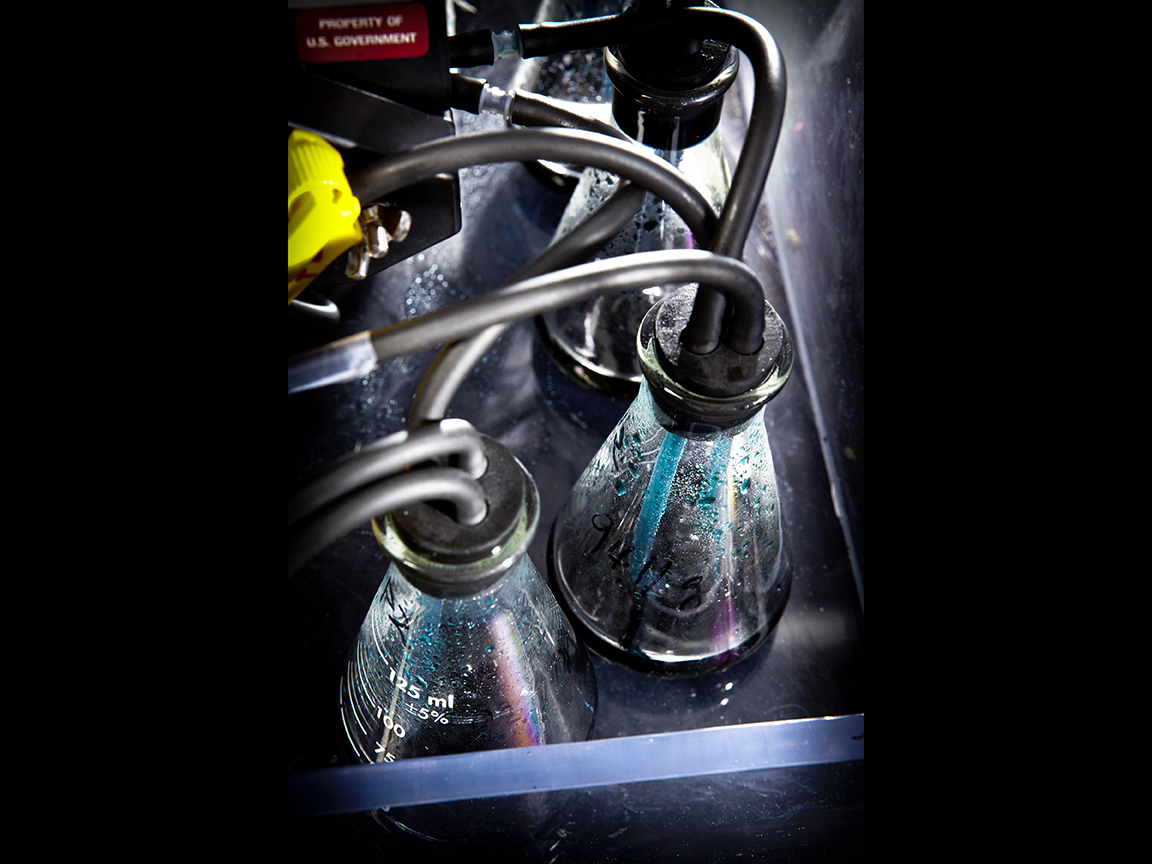
With his latest upgrade to liquid metal batteries, there’s no better (and indeed, more apt!) way to describe MIT Professor and materials engineer Donald Sadoway than to say that he just keeps going and going and going…

A big fan of low-cost storage solutions for renewable energy, Sadoway and his team have yet again utilized an abundant and inexpensive element to improve the original liquid metal battery.
According to their research published in Nature Communications, they used calcium to form the basis for the negative electrode layer, as well as the molten salt that forms the middle layer, of the three-layer battery.

Basic chemistry will tell you that calcium is the most unlikely candidate for this upgrade. First, it easily dissolves in salt, which goes against the basic build of a liquid metal battery, wherein layers shouldn’t mix, but maintain their distinct identities.
Second, calcium has a high melting point, which would mean that the liquid battery has to operate at a ridiculously high temperature of almost 900° degrees. Even Sadoway recognizes that “it was the most difficult chemistry.”
Ironically, it was also through the same basic chemistry that Sadoway’s team was able to solve these issues. By creating an alloy from magnesium and calcium, they were able to lower the operating temperature without affecting pure calcium’s high-voltage advantage.

They also created a new salt formulation, a mix of lithium chloride and calcium chloride, which doesn’t dissolve the calcium-magnesium alloy therefore preventing the battery’s layers from mixing with each other.
“The lesson here is to explore different chemistries and be ready for changing market conditions,” Sadoway says. He adds that what they’ve developed “is not a battery; it’s a whole battery field.” The original and upgraded liquid metal batteries are now being developed under startup Ambri.